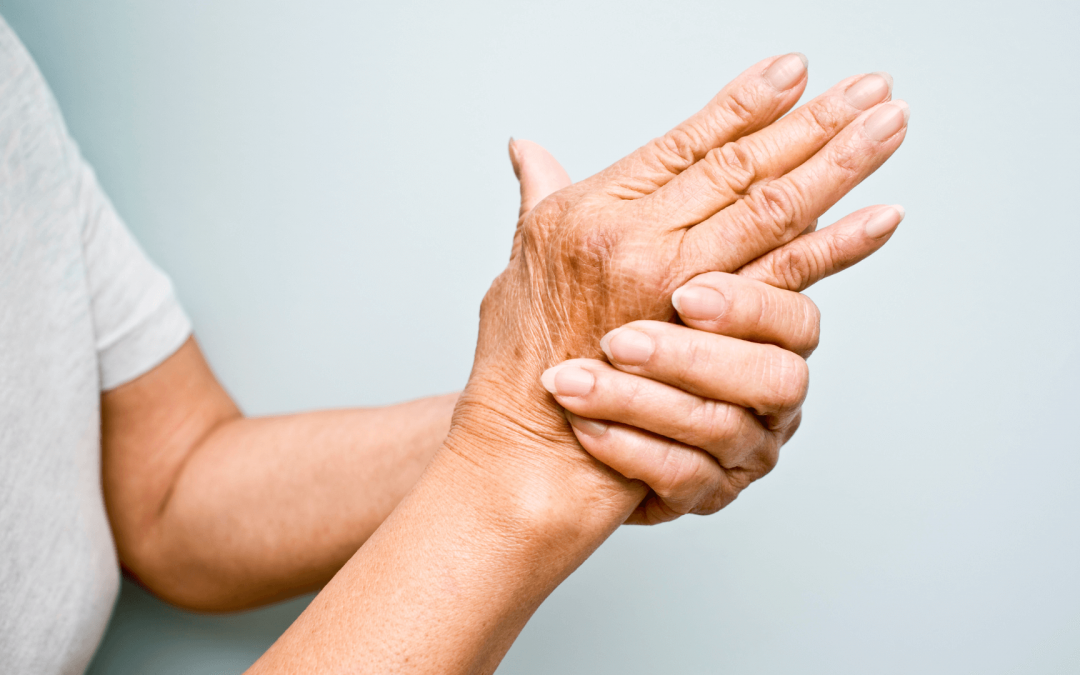Among UK osteopaths, Neck pain is responsible for 15% of consultations conducted. (Fawkes et al. 2014). This study was in 2014 and I would not be surprised if this figure has increased drastically since the smart phone epidemic.
A more recent study conducted in 2017 has shown that there is a marked increase in patients presenting with upper back and neck pain to healthcare professionals. This study also noted that this is becoming more apparent in younger age groups who are now showing symptoms that would be expected in an older age group. (Cuellar et al, 2017)
Our head is approximately 10-12 pounds. When we look down at our phones, it increases the pressure on the neck muscles and the vertebrae within the neck. With this added pressure for potentially hours of phone usage a day, patients are coming in with more headaches that are caused from the posterior chain muscles becoming tight.
It is without doubt in my mind that youngsters that are getting into these habits early on of poor posture and being on their phones constantly will experience early onset arthritis by their mid-late twenties. This is a worrying reality and more needs to be done to reduce the gradient by which we all are looking down at our devices.
You can do this by:
1. Holding your phone up to your face and not in your lap
2. Resting your elbows on pillows to ensure your arms don’t ache.
3. Sitting at a table when looking at your phone for long periods of time.
4. Avoid using your phone for long periods of time e.g watching a film on the commute to work.
5. More exercises that involve neck stretches
6. See an osteopath regularly for preventative treatment.
By Anisha Joshi
Director Woodside Osteopathic Clinic

